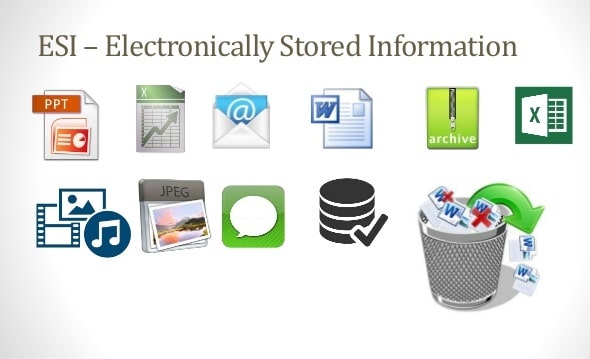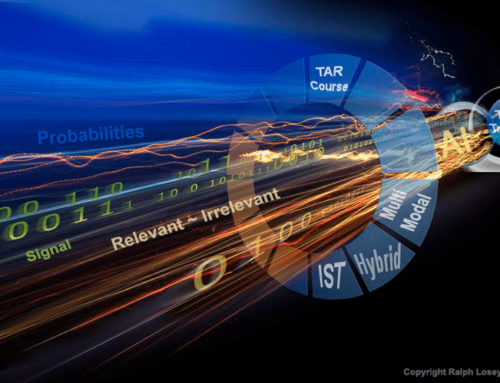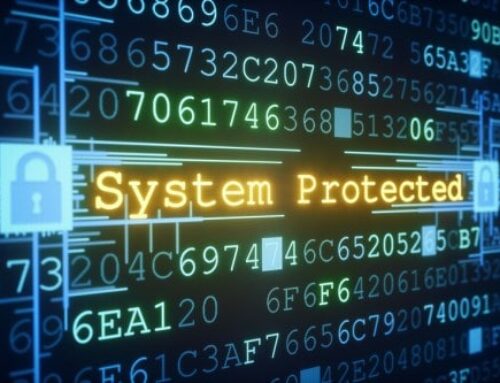Sources of Discoverable Information:
In today’s world, it can be hard to keep up with what qualifies as electronically stored information. Emails, spreadsheets, word documents are some of the most common examples. But what are some potentially less obvious forms of ESI? Here are some more sources of discoverable information.
Text Messages
Yes, that is correct. Text messages are discoverable. In the case John v. County of Lake, No. 18-cv-06935-WHA(SK) (N.D. Cal. July 3, 2020), the court ordered the defense to pay costs and sanctions because the “defendants or their counsel breached their obligations to provide discovery.” The defense had been directed that anything relating directly to the case – emails, text messages, voicemails, memos, and handwritten notes – should be preserved. The court even told the counsel for the defense that they had a duty to inform their client of this as well. Despite the directive from the court and their counsel, the defendants failed to preserve all ESI. In fact, the court concluded that the defendants intentionally deleted text messages that could not be restored.
Social Media
In Faulkner v. Aero Fulfillment Services, No. 1:19-cv-268 (S.D. Ohio June 8, 2020), the court reprimanded the plaintiff for destroying social media data: her LinkedIn profile. The plaintiff’s counsel had previously downloaded data from the plaintiff’s LinkedIn account and produced it to the defense in an Excel spreadsheet. After the data was produced, the defense requested screenshots from LinkedIn. However, the plaintiff could not comply with the request as she had deactivated her account after the data download. In this case, the defense’s move for spoliation sanctions was denied. The court stated the plaintiff “unquestionable violated her duty to preserve (potentially) relevant evidence,” but didn’t find any explicit prejudice. The court also stated that the defense “was not legally entitled to a second production of the LinkedIn account data in a different format” under Rul 34(b)(2)(E)(iii) of the Federal Rules of Civil Procedure.
Ephemeral Messages
Ephemeral messaging is the mobile-to-mobile transmission of multimedia messges that automatically disappear from the recipient’s sscreen are the message has been viewed. Snapchat is one of the most well-known ephemeral messaging applications. The court issued terminating sanctions against the defendants in the case WeRide Corp. v. Huang, No. 5:18-CV-07233-EJD (N.D. Cal. Apr. 24, 2020) for their staggering discovery misconduct. The defendants actually admitted to the destruction of emails and to the deletion of files. One defendant even returned his personal laptop to the Apple store without preserving any evidence. The defendants used DingTalk, an ephemeral messaging application, for internal correspondence. None of the messages were able to be produced as the defendant claimed that he couldn’t find a vendor to extract them.
For more Tidbits & Thoughts, please click here.






